If you’ve visited Utah’s San Rafael Swell recently you may have left with a sense that something is awry. Visitation has dramatically increased in recent years—particularly with regard to motorized […]
Read More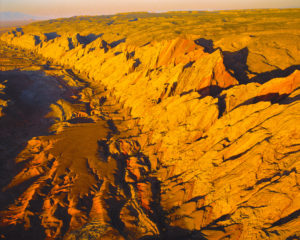

 Southern Utah Wilderness Alliance
Southern Utah Wilderness Alliance

If you’ve visited Utah’s San Rafael Swell recently you may have left with a sense that something is awry. Visitation has dramatically increased in recent years—particularly with regard to motorized […]
Read More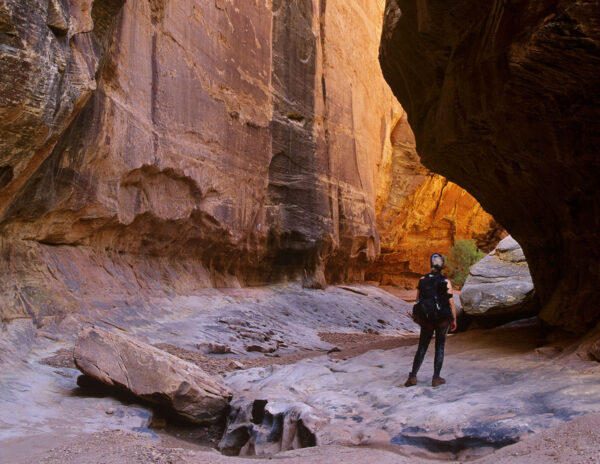
Our divided Congress has again narrowly avoided a government shutdown—extending funding until early March. Now is the time to let your legislators know you want to see a functioning and […]
Read More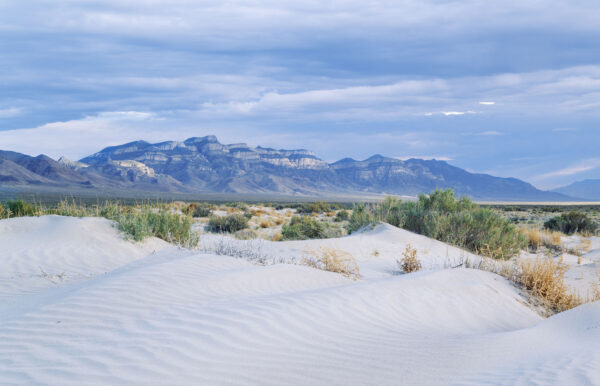
The Bureau of Land Management (BLM) is seeking public input on the proposed Cross-Tie Transmission Project, a 214-mile proposed transmission line between Nephi, Utah and Ely, Nevada. The line is […]
Read More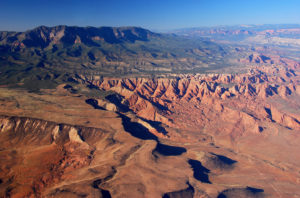
Back in 2009, SUWA and a coalition of conservation partners worked to pass the Washington County Growth and Conservation Act, which created the Red Cliffs National Conservation Area (NCA). Located […]
Read More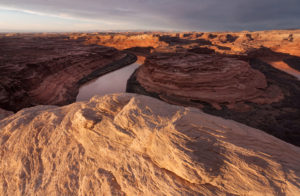
A Canadian company curiously named “American Potash” is trying its best to put a lump of coal in our stocking this holiday season. They’ve submitted a proposal to the Bureau […]
Read More